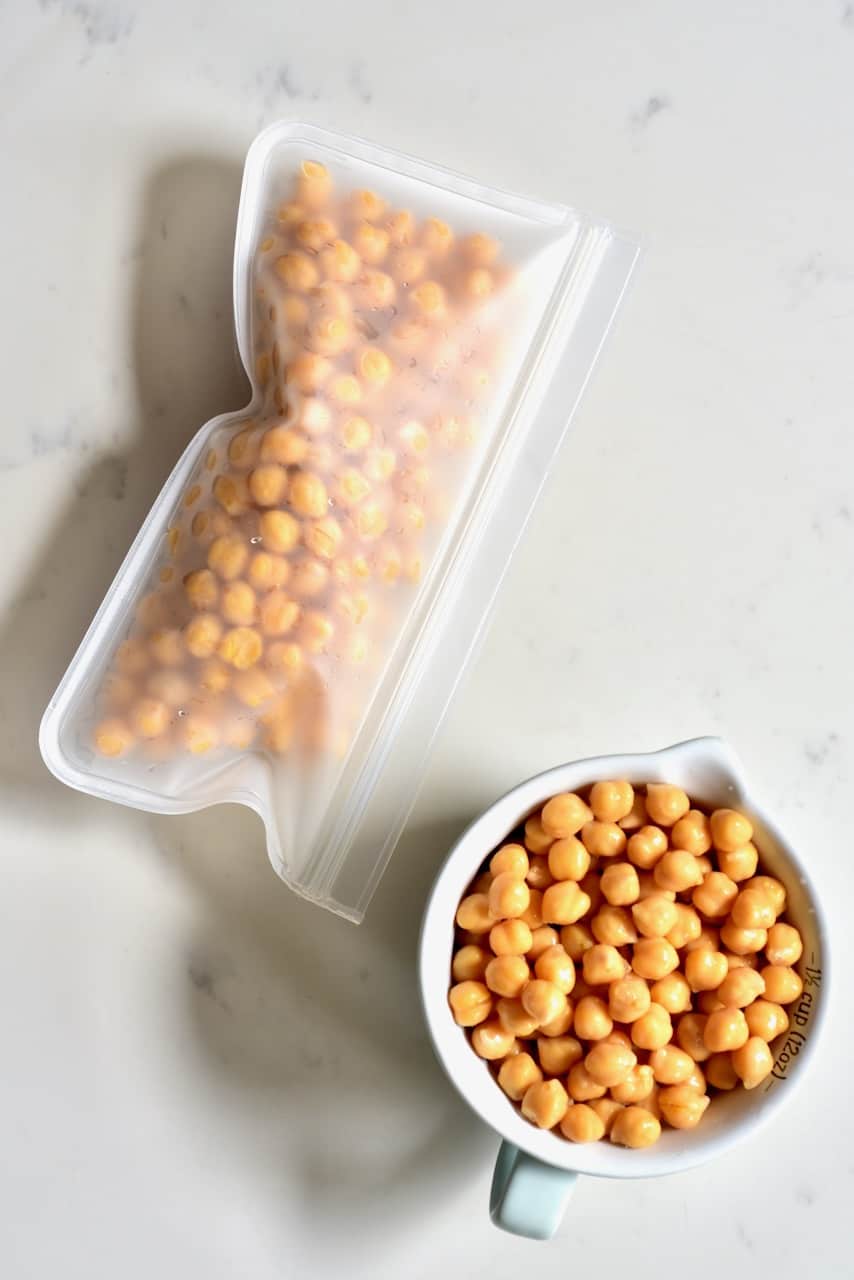

Articles
How To Store Chickpeas In Fridge
Modified: March 26, 2024
Learn the best method for storing chickpeas in the fridge to keep them fresh and flavorful for all your recipes. Discover expert tips and tricks in this informative article.
(Many of the links in this article redirect to a specific reviewed product. Your purchase of these products through affiliate links helps to generate commission for Storables.com, at no extra cost. Learn more)
Introduction
Chickpeas are a versatile and nutritious legume that can be enjoyed in various dishes, including salads, soups, and stews. Whether you’ve cooked a large batch or have leftover canned chickpeas, it’s important to store them properly to maintain their freshness and taste. In this article, we will guide you through the process of storing chickpeas in the fridge, ensuring they remain in optimal condition for future use.
Proper storage not only helps extend the shelf life of chickpeas but also preserves their texture and flavor. By following a few simple steps and investing a little time in preparing and storing your chickpeas correctly, you can enjoy their deliciousness in your meals for an extended period without compromising their quality.
So, let’s dive into the details of how to store chickpeas in the fridge and keep them fresh and ready for your next culinary adventure!
Key Takeaways:
- Properly storing chickpeas in the fridge involves rinsing, drying, and inspecting them before placing them in an airtight container. Regular monitoring and temperature regulation help maintain their freshness and flavor.
- Choosing the right container, labeling with storage dates, and using the FIFO method are essential for storing chickpeas in the fridge. Regular inspection and proper resealing after use contribute to preserving their quality.
Read more: How To Store Chickpeas
Proper Storage of Chickpeas
Before delving into the specifics of storing chickpeas in the fridge, it’s essential to understand the key factors that contribute to their longevity. Proper storage conditions can help prevent spoilage, maintain flavor, and preserve the nutritional value of the chickpeas.
Here are some important factors to consider when storing chickpeas:
- Clean and Dry: Make sure your chickpeas are clean and dry before storing them. Any moisture on the chickpeas can promote the growth of bacteria or mold, leading to spoilage. Rinse your cooked chickpeas thoroughly and pat them dry with a clean towel or paper towel.
- Airtight Containers: Choosing the right container is crucial for preserving the freshness of chickpeas. Opt for airtight containers that can prevent moisture and air from seeping in. Glass jars or plastic containers with tight-fitting lids work well. Avoid using bags or containers with loose seals as they can allow air and moisture to enter.
- Cool and Dark Environment: Chickpeas should be stored in a cool and dark place to maintain their quality. Exposure to direct light or heat can accelerate the deterioration process. The fridge is an ideal storage location as it provides a controlled temperature and protects chickpeas from light exposure.
- Labeling and Dating: To keep track of the freshness of your chickpeas, it’s a good practice to label the containers with the storage date. This will help you prioritize the use of older chickpeas first and ensure they are consumed before their quality starts to decline.
With these considerations in mind, let’s move on to the step-by-step process of storing chickpeas in the fridge.
Step 1: Preparing Chickpeas for Storage
Before storing chickpeas in the fridge, it’s essential to prepare them properly. This step ensures that the chickpeas are clean, free from contaminants, and ready to be stored.
Here’s how to prepare chickpeas for storage:
- Rinse the Chickpeas: If you’re using canned chickpeas, drain and rinse them thoroughly under cold water to remove any excess sodium or preservatives from the canning liquid. For cooked chickpeas, you can skip this step if they have already been rinsed before cooking.
- Dry the Chickpeas: After rinsing, it’s crucial to dry the chickpeas thoroughly. Use a clean kitchen towel or paper towels to pat them dry. Any moisture left on the chickpeas can lead to spoilage, so ensure they are completely dry before proceeding to the next step.
- Sort and Discard Damaged Chickpeas: Take a moment to inspect the chickpeas and discard any that appear discolored, mushy, or have a strange odor. Removing damaged or spoiled chickpeas prevents them from contaminating the rest and helps maintain the quality of the stored batch.
- Optional: Remove Skins: If you prefer a smoother texture or plan to use the chickpeas for hummus or other purees, you can remove the skins. This step is optional but can enhance the overall texture and mouthfeel of your dishes.
By following these steps, you’ll ensure that your chickpeas are clean, dry, and free from any contaminants. This preparation process sets the foundation for proper storage and helps maintain the quality of the chickpeas in the fridge.
Step 2: Choosing a Suitable Container
Choosing the right container is crucial when it comes to storing chickpeas in the fridge. The container you select should provide an airtight seal and protect the chickpeas from moisture, air, and other contaminants. Here are some key considerations to keep in mind:
- Airtightness: The container you choose should have a tight-fitting lid to create a seal that prevents air and moisture from entering. This helps prolong the shelf life of the chickpeas and maintains their freshness.
- Material: Opt for containers made of glass, plastic, or food-grade stainless steel. These materials are durable, non-reactive, and do not impart any strange flavors or odors to the chickpeas.
- Size: Select a container that accommodates the amount of chickpeas you intend to store. Avoid using containers that are too large for the quantity of chickpeas, as empty space in the container can lead to faster deterioration.
- Transparency: Transparent containers can be beneficial as they allow you to see the contents without opening the lid. This helps minimize unnecessary exposure and allows you to quickly identify the chickpeas in your fridge.
- Stackability: If you have limited space in your fridge, consider using containers that are stackable. This allows you to maximize the available space and keep your fridge organized.
When storing chickpeas, you have the option to use the same container in which you soaked and cooked them. Ensure the container is clean, sanitized, and meets the aforementioned criteria. Alternatively, if you used canned chickpeas, you can transfer them to a suitable container for storage.
By choosing an appropriate container, you’ll create an ideal environment for storing chickpeas in the fridge, maintaining their quality and ensuring they’re protected from external elements.
After cooking chickpeas, let them cool to room temperature before transferring them to an airtight container. Store in the fridge for up to 3-4 days.
Step 3: Storing Chickpeas in the Fridge
Now that you have properly prepared your chickpeas and selected a suitable container, it’s time to store them in the fridge. Storing chickpeas in the fridge helps maintain their freshness and extends their shelf life. Here’s how to do it:
- Transfer the Chickpeas: Place the prepared and dried chickpeas into the selected airtight container. Fill the container only up to 3/4 full, leaving some space for expansion. Overcrowding the container can lead to premature spoilage, so ensure you have enough room for proper airflow.
- Seal the Container: Securely seal the container with its lid. Make sure the lid is tightly closed to create an airtight seal and prevent any air or moisture from entering. Double-check that the container is well-sealed to maintain the freshness of the chickpeas.
- Label the Container: It’s a good practice to label the container with the storage date. This helps you keep track of how long the chickpeas have been stored and enables you to prioritize their use based on freshness.
- Place in the Fridge: Find a suitable spot in your fridge for the container. Ideally, choose a cool and dark area away from any heat sources or direct light. Avoid placing the container near the fridge door, as it is more prone to temperature fluctuations.
By following these steps, you can store your chickpeas in the fridge, ensuring they stay fresh and ready for use. Remember to store them towards the back of the fridge where the temperature remains consistent, minimizing the chances of spoilage.
Now that your chickpeas are safely stored in the fridge, let’s move on to the next step to ensure their freshness over time.
Read more: How To Store Canned Chickpeas
Step 4: Monitoring and Maintaining Freshness
Once you have stored your chickpeas in the fridge, it’s important to monitor and maintain their freshness to ensure they remain in optimal condition. Follow these guidelines to keep your chickpeas fresh:
- Regular Inspection: Periodically check the container for any signs of spoilage, such as mold, off odors, or discoloration. If you notice any of these signs, discard the chickpeas immediately as consuming spoiled food can be harmful to your health.
- Temperature Regulation: Ensure that your fridge is set to the appropriate temperature. The ideal temperature range for storing chickpeas is between 35-40°F (1-4°C). Avoid temperature fluctuations by keeping the fridge door closed as much as possible, as it can impact the freshness and quality of the chickpeas.
- Keep Moisture at Bay: Moisture is one of the main culprits behind spoilage. Be mindful of any condensation that might occur inside the container and wipe it away with a clean cloth or paper towel. Additionally, avoid placing wet or damp items near the chickpea container to prevent moisture transfer.
- Use FIFO Method: FIFO stands for “first in, first out.” It’s a good practice to use the older chickpeas first and rotate your stock accordingly. By doing so, you’ll consume the older chickpeas before they start to lose their freshness and flavor.
- Properly Re-Seal the Container: After each use, make sure to securely seal the container before returning it to the fridge. This prevents air and moisture from entering and helps maintain the integrity of the stored chickpeas.
By regularly monitoring the condition of your stored chickpeas, regulating the temperature, and maintaining a dry environment, you can ensure their freshness and extend their shelf life in the fridge.
Remember, while proper storage techniques can help maintain the quality of chickpeas, it’s always best to use your judgment and trust your senses. If you notice any unusual changes in appearance, smell, or texture, it’s better to discard the chickpeas to avoid any potential health risks.
Conclusion
Storing chickpeas in the fridge is an excellent way to extend their shelf life and ensure they remain fresh for future use. By following the steps outlined in this guide, you can maintain the quality and flavor of your chickpeas, allowing you to enjoy their deliciousness in a variety of dishes.
Proper preparation, including rinsing and drying the chickpeas, is crucial before storing them. Choosing an airtight container that protects them from moisture and air is equally important. Placing the container in a cool and dark spot in the fridge will help maintain the freshness of the chickpeas.
Monitoring the chickpeas regularly and following proper storage practices, such as maintaining the temperature and avoiding moisture, will ensure their longevity and quality. Using the FIFO method and properly resealing the container after each use will also contribute to preserving the freshness of the chickpeas.
Remember, it is essential to trust your senses and inspect the chickpeas for any signs of spoilage before consuming them. If you notice any mold, odd odors, or discoloration, it’s best to discard them to prevent any potential health risks.
By implementing these storage techniques, you can enjoy the convenience of having chickpeas readily available in your fridge for your culinary creations. So, prepare your chickpeas, choose the right container, store them in the fridge, and enjoy their flavor and nutritional benefits whenever you need them!
Frequently Asked Questions about How To Store Chickpeas In Fridge
Was this page helpful?
At Storables.com, we guarantee accurate and reliable information. Our content, validated by Expert Board Contributors, is crafted following stringent Editorial Policies. We're committed to providing you with well-researched, expert-backed insights for all your informational needs.
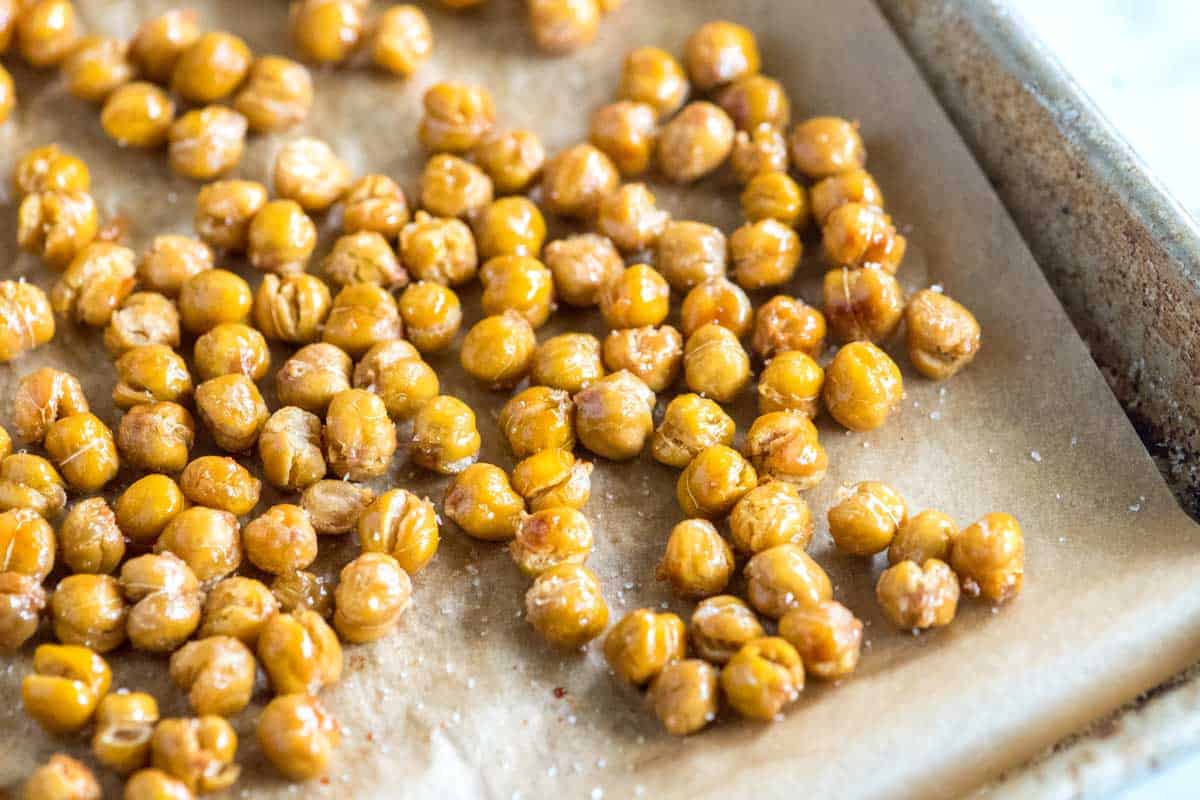
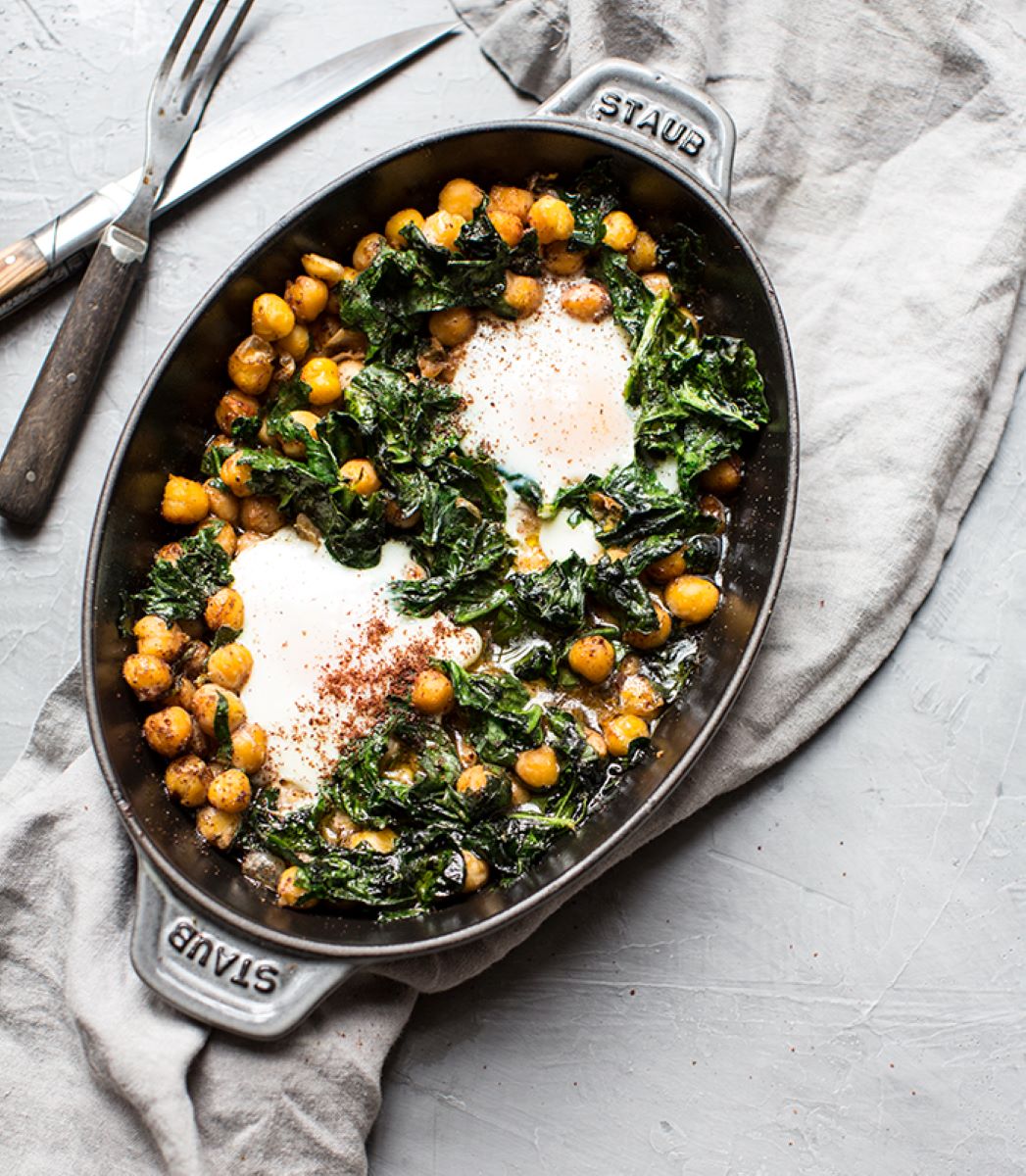
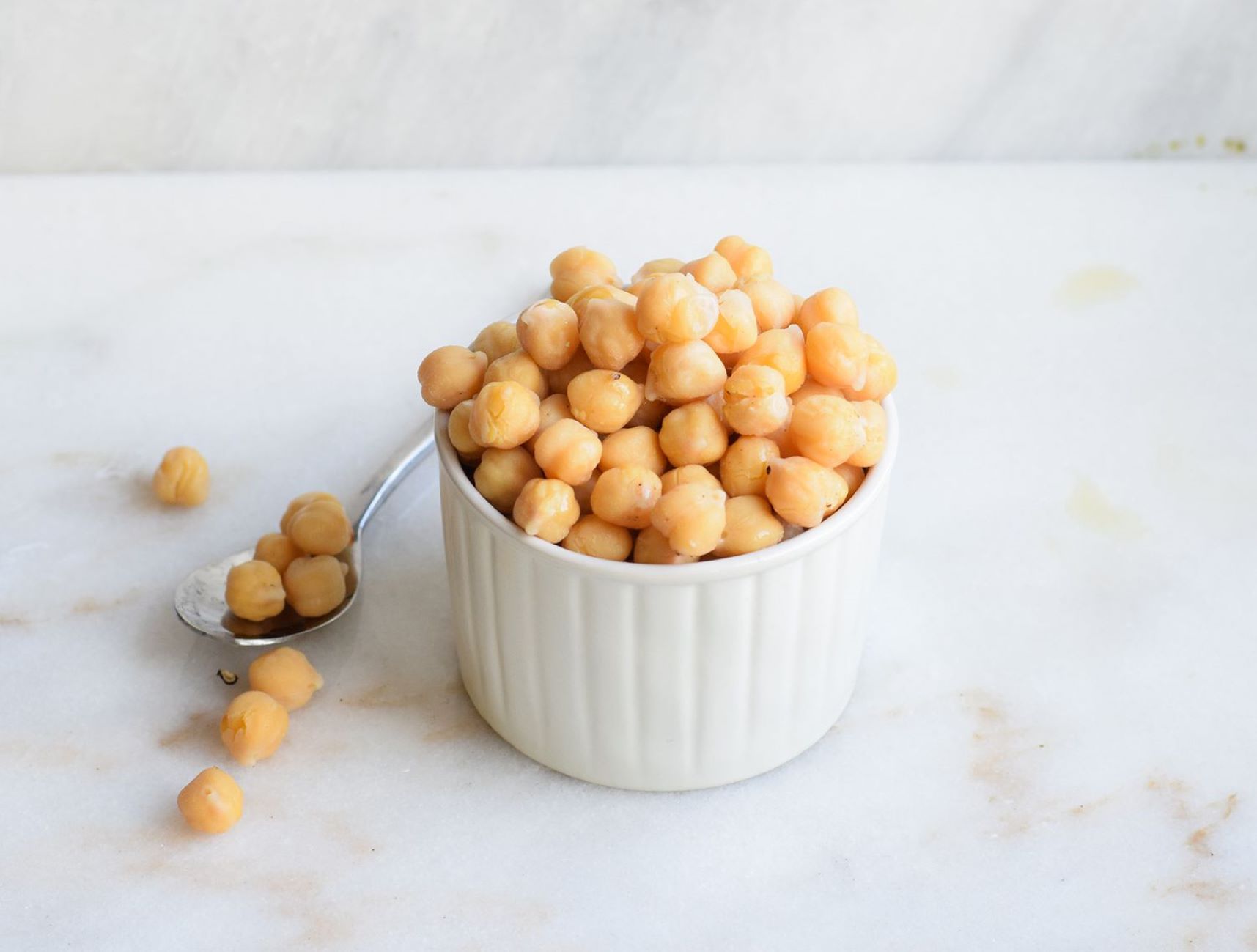
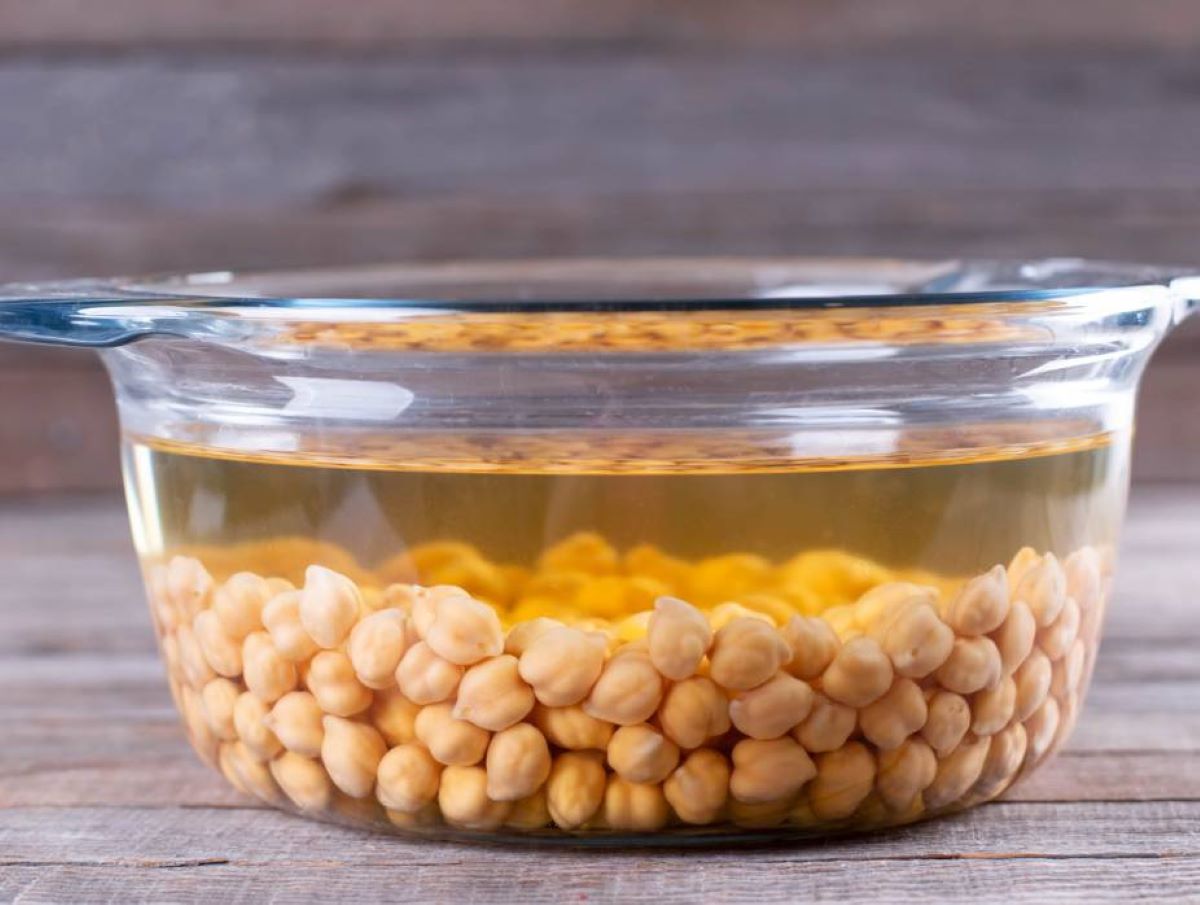
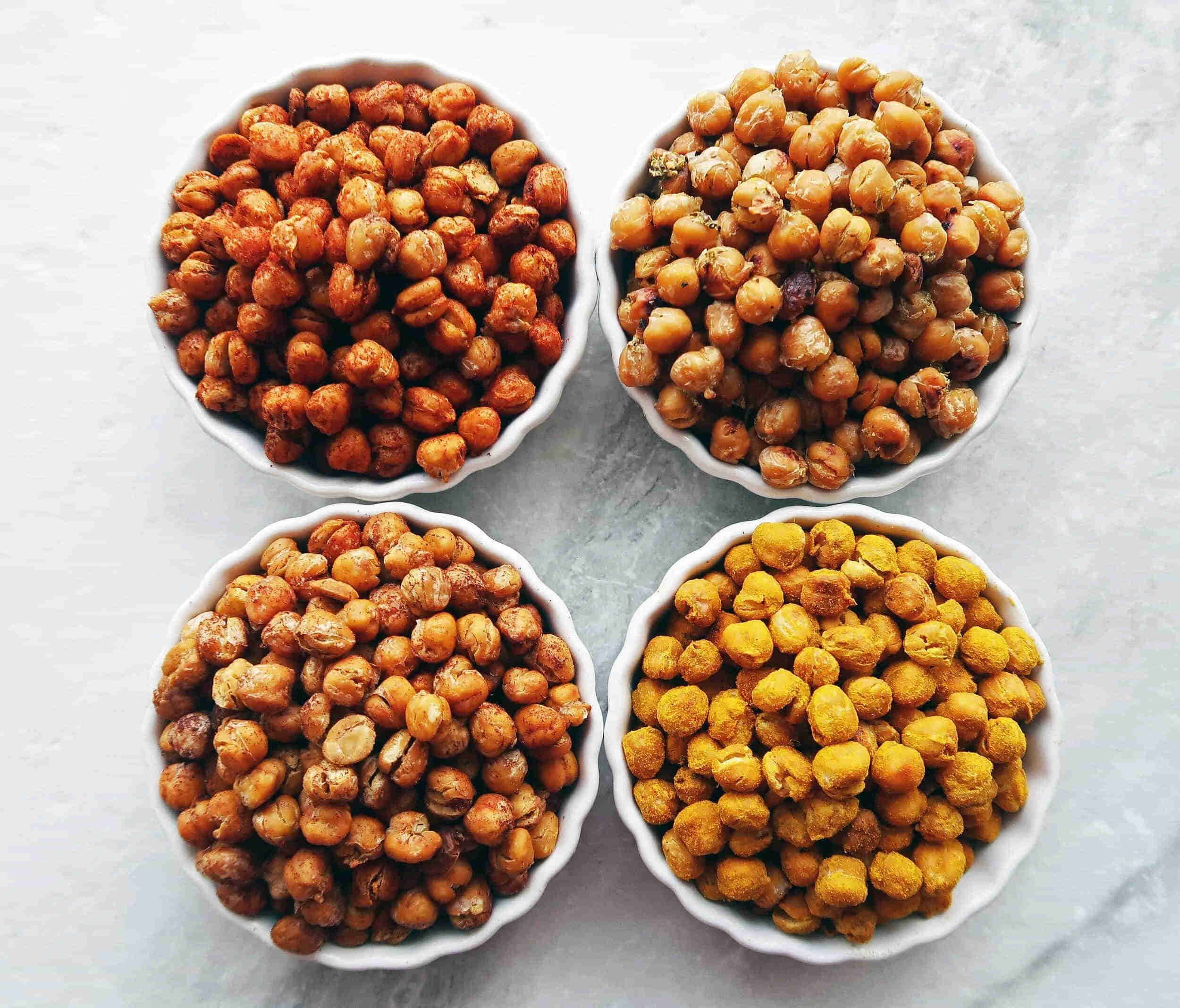
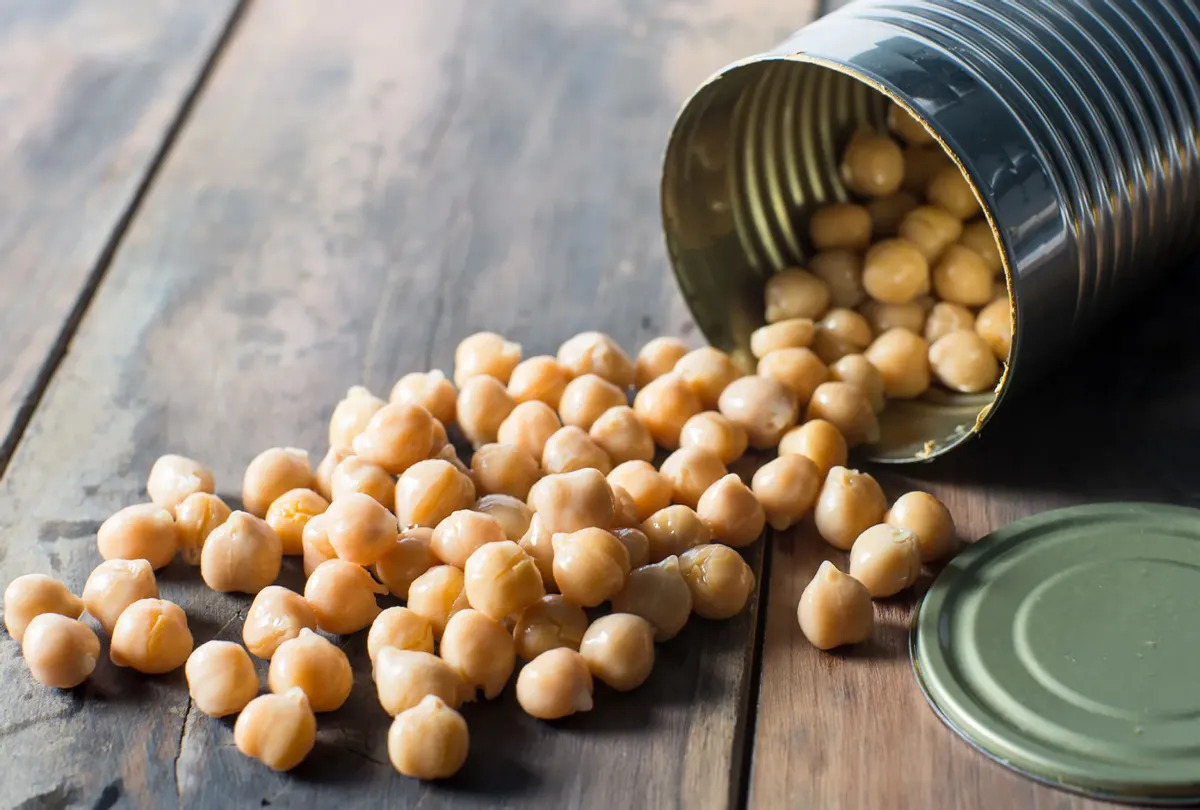
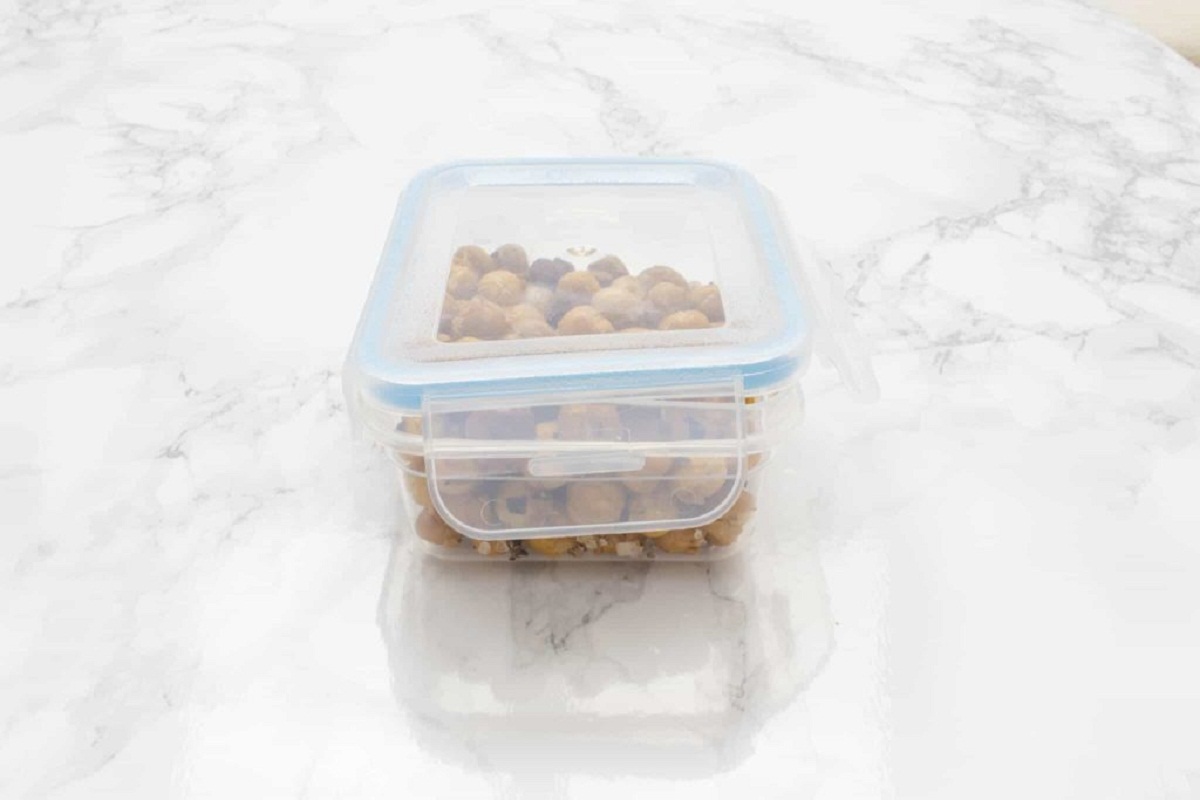
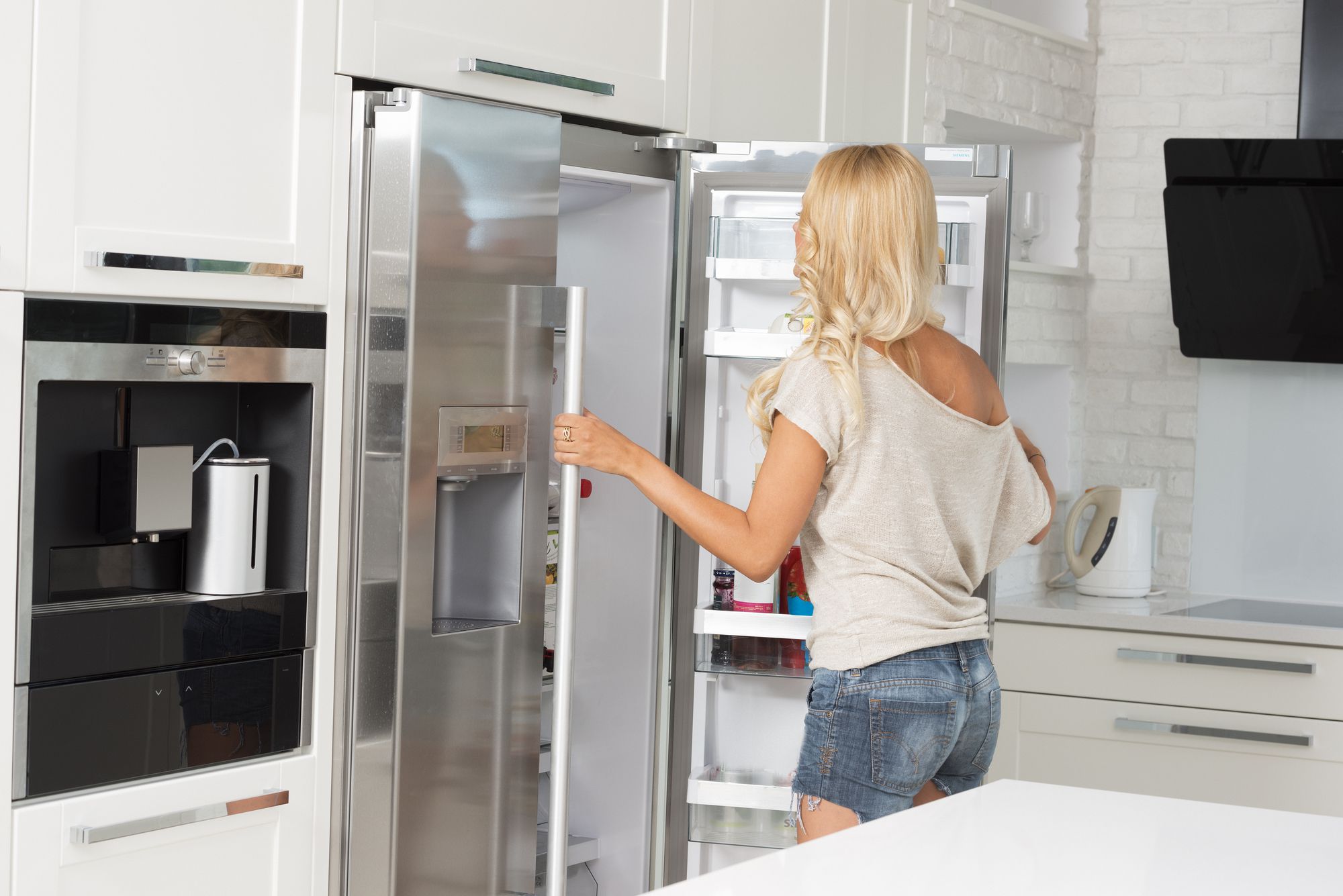
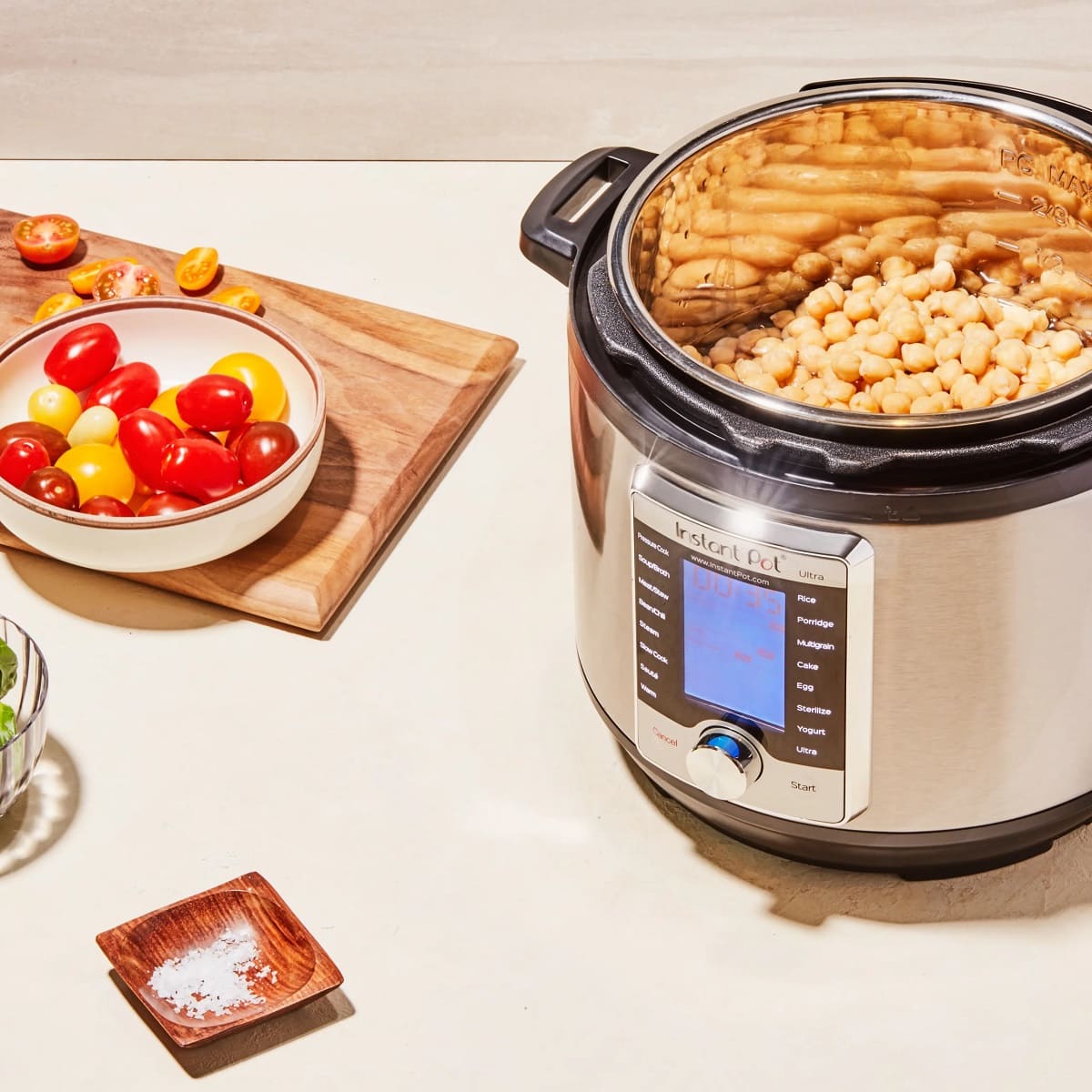
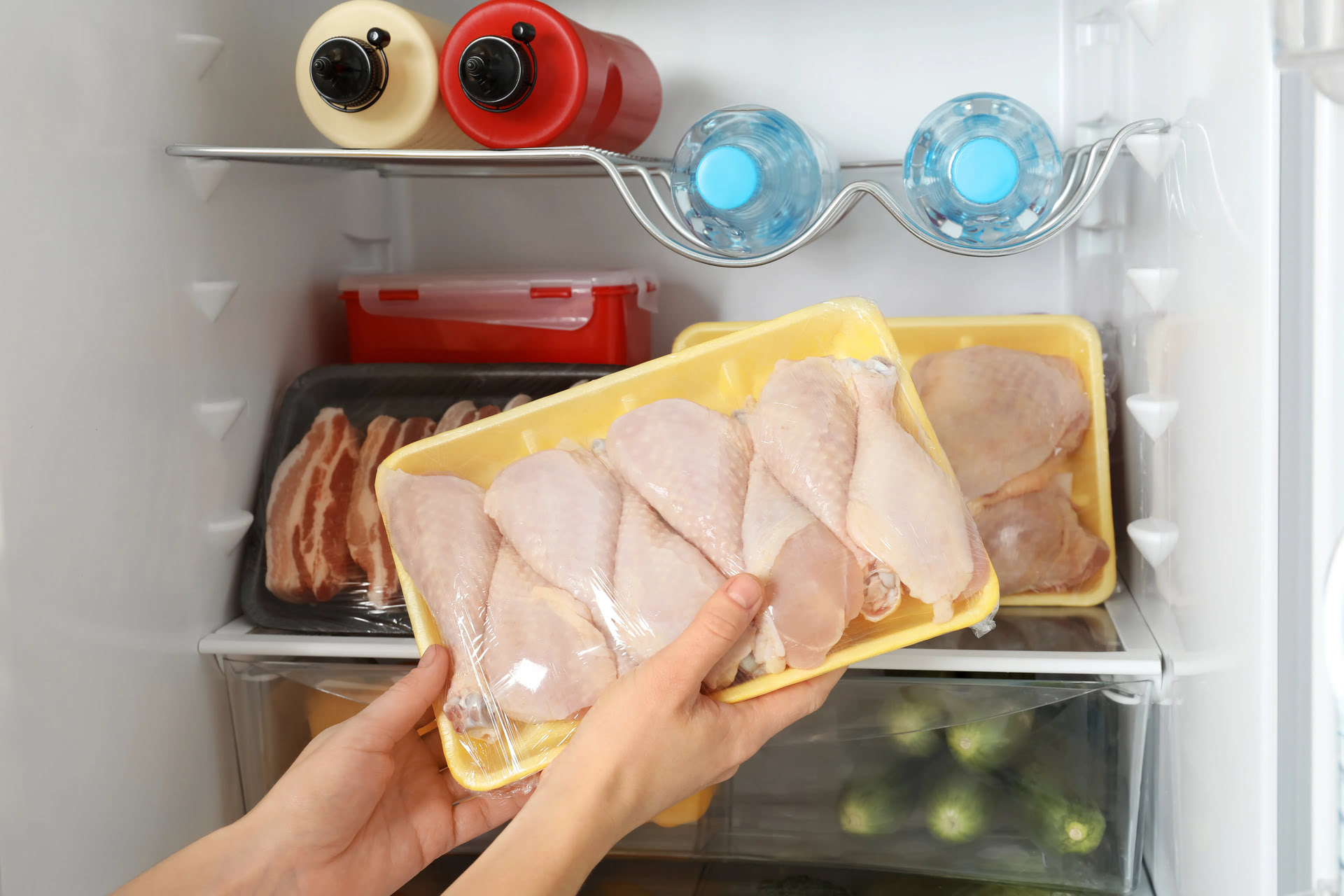
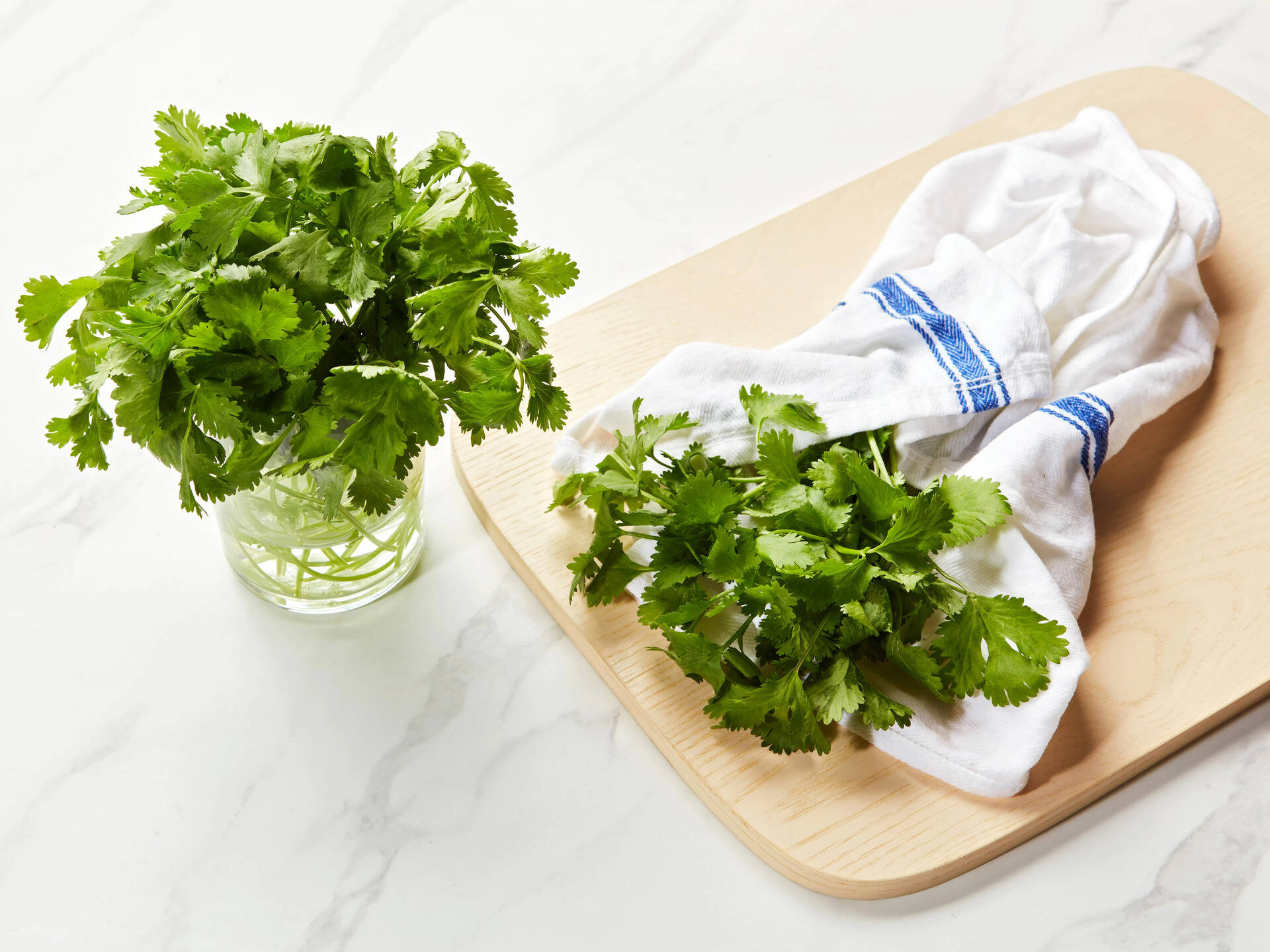
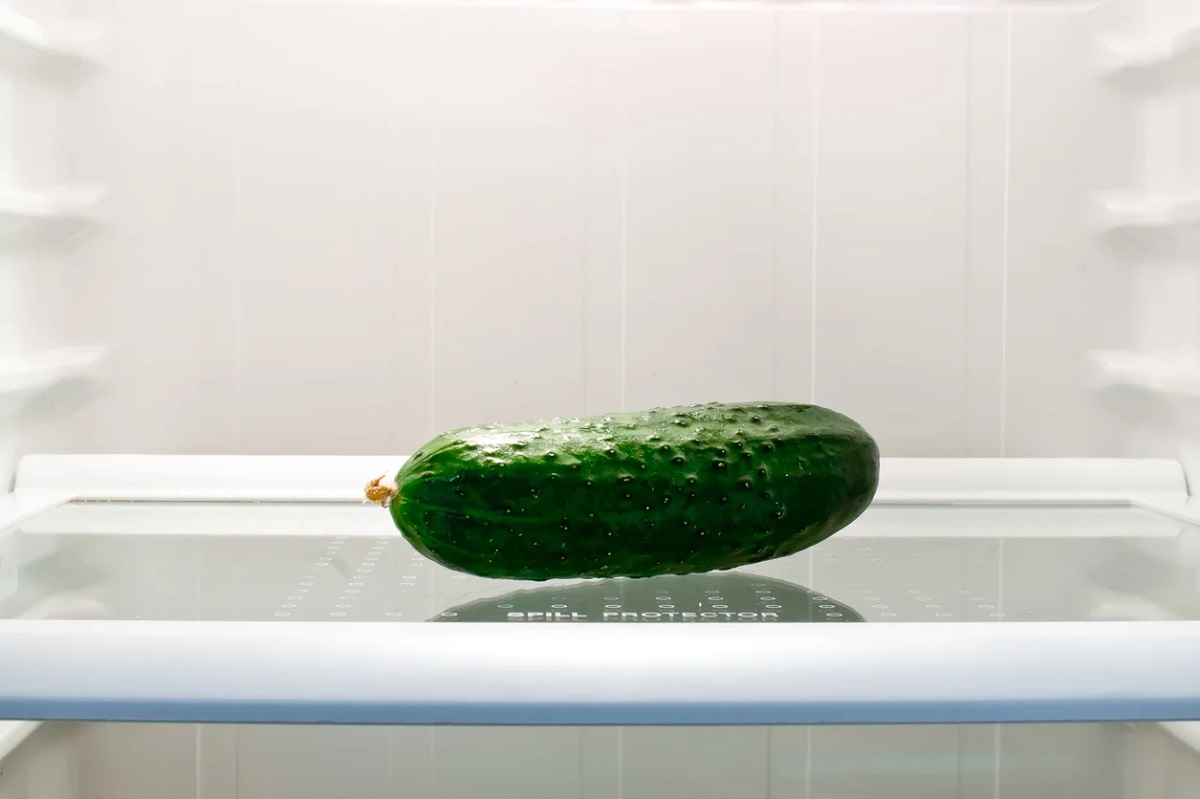
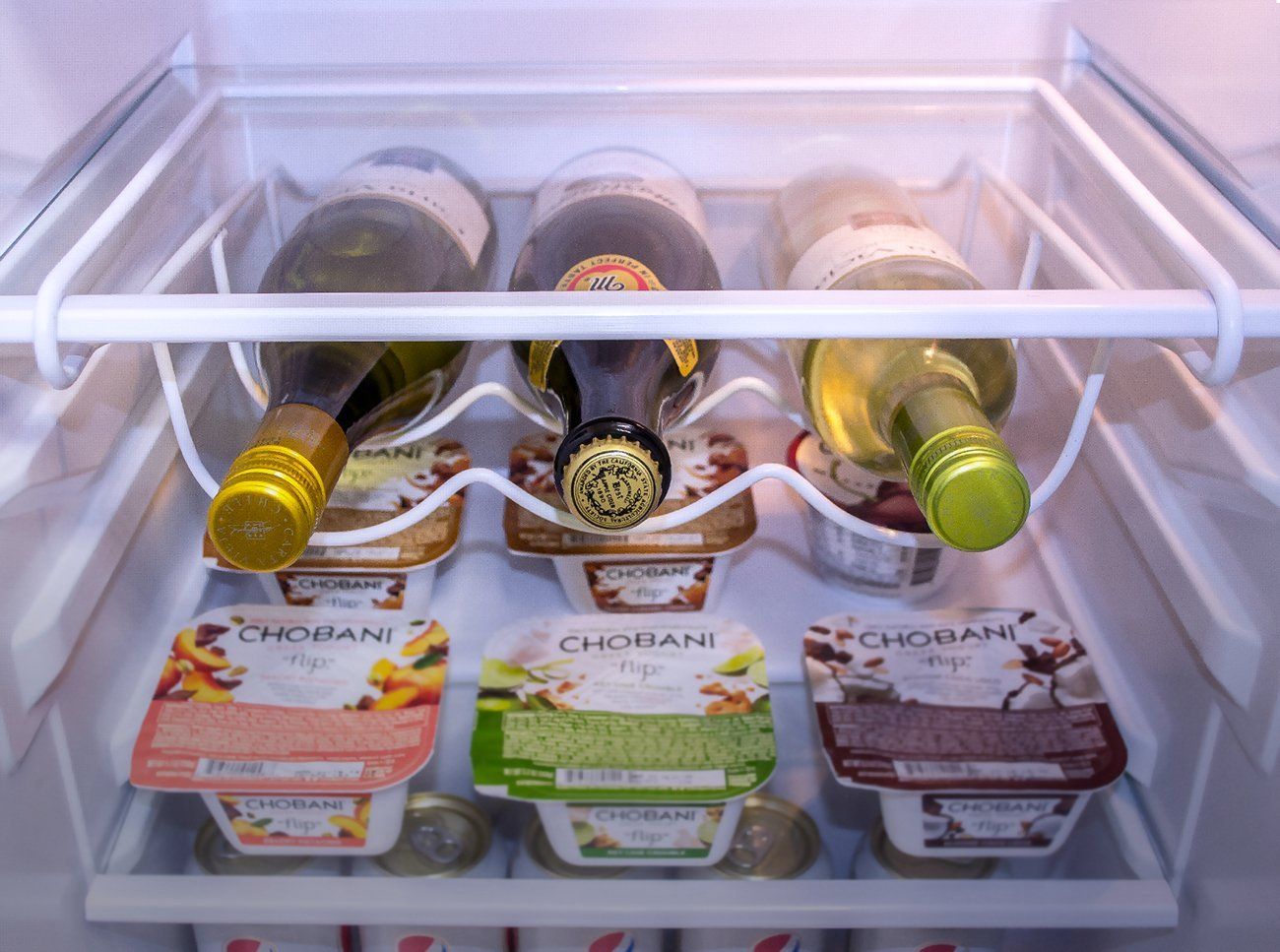


0 thoughts on “How To Store Chickpeas In Fridge”